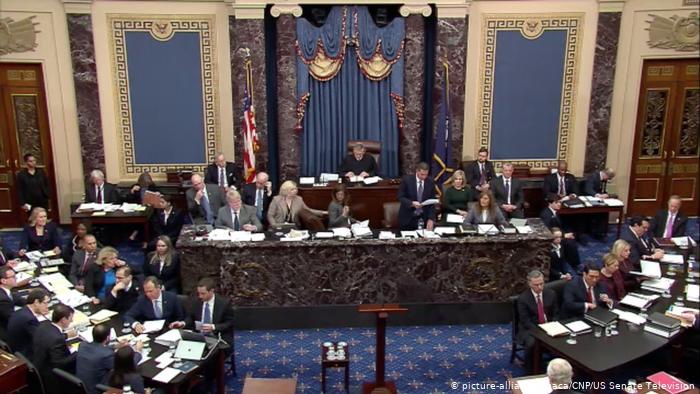The US Senate approves a special increase in the defense budget to compensate for ammunition following depletion in the Red Sea
The US Senate Appropriations Committee approved the 2026 defense spending bill by a majority of 26 to 3, with a ceiling of nearly 852 billion, including a special increase of 7.3 billion for ammunition accounts: 5.2 billion for purchasing additional batches through services, and 5.2 billion for purchasing additional batches through services, 2.1 billion to expand industrial capacity, including defensive missile production lines. This increase has been directly linked to lessons learned from the attrition battle in the Red Sea and the complexities of countering attacks from Yemeni armed forces.
Exclusive Follow-ups – Al-Khabar Al-Yemeni:
Senator Mitch McConnell, chairman of the defense subcommittee, stated, “Recent operations in the Middle East demonstrate how quickly modern warfare depletes our arsenal of vital munitions.” Meanwhile, Senator Chris Coons, the top Democrat on the subcommittee, emphasized that “recent experiences—such as the campaign against Yemeni forces in the Red Sea—show how quickly we consume advanced munitions.” These arguments coincided with a joint article by McConnell and Coons on the necessity to expand munitions production and go beyond temporary funding.
Indicators of Attrition: From the Red Sea to the Stockpiles
During 2024–2025, the U.S. Navy faced one of the most intense naval engagements in decades, imposing a significant consumption of intercept missiles.
Leaders in the Navy and Congress have warned of pressures on the munitions supply chain and the need to expand the industrial base.
Yemeni Success in Imposing High Costs:
Operationally, President Donald Trump announced a halt to bombing on May 6 following Omani mediation, while the Yemeni armed forces continued to demonstrate the ability to keep costs high for Washington, despite American technological superiority.
U.S. reports acknowledged that the aircraft carrier “Harry S. Truman” lost three F/A-18 aircraft during its deployment, including an incident where a fighter jet fell into the sea during a maneuver to avoid hostile fire—facts that undermined the narrative of the “low cost” of air operations.
In this context, the Israeli newspaper “Calcalist” (column “Kabrinet”—August “1) presented an analytical narrative based on security and military sources dealing with a pivotal night in late April, concluding—according to the newspaper—that:
The Middle East witnessed “surprising battles and unexpected victories,” where “barefoot Yemeni fighters” were able to embarrass a superpower.
Washington claimed that the halt in bombing came after the Yemeni side’s “surrender,” but behind the scenes, there were other reasons, including lethal Yemeni missiles that may cause a “propaganda disaster” for Washington and its president.
«Just the approach of a single Yemeni missile» to its target was enough to sound the alarm in the Pentagon and the White House; according to the report, one of the missiles came close to penetrating the layers of naval defense.
On one night, the “Truman” carrier began extreme evasion maneuvers; this coincided with the incident of an F-18 fighter jet falling from the surface to the sea—which was later confirmed by American sources as an incident during a maneuver to avoid hostile fire.
The letter concluded within decision-making circles—according to the newspaper—was that a single successful strike against a destroyer or damage to an aircraft carrier would constitute a moral and strategic disaster, which tipped the scales in favor of halting the bombing.
Why Does This Matter?
The Unequal Cost: The confrontation showed that low-cost offensive means can impose financial and logistical attrition on a major power that relies on expensive interceptions. This explains the $7.3 billion push to renew munitions and expand production.
Yemeni deterrence by approach, not by hitting: Even with the US Navy declaring that it intercepted all attacks on its ships, the repeated approaches to inflict significant damage were sufficient to impose new deterrent calculations.
Conclusion:
The Yemeni armed forces succeeded in raising the cost of the American campaign in the Red Sea to the extent that it pushed Congress for massive refinancing of munitions and expansion of the defense industry.
Despite Washington’s technical superiority and its interception of attacks, the margins of error in a missile- and drone-dense environment made a potential single strike sufficient to change a presidential decision—as argued by “Calcalist”—and make the Red Sea a harsh lesson in the equation of unequal deterrence.

